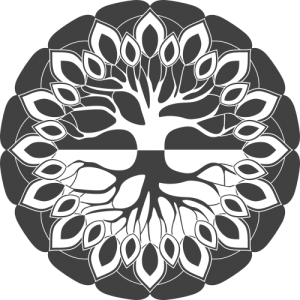Last weekend, along with 250 others from various modalities working with health, I attended a 3 day training in Explain Pain with NOIgroup with Lorimer Moseley, David Butler and Peter O’Sullivan, learning about recent understandings about pain, what it is, and how we need to revolutionise our approach to it, both personally, and professionally. A couple of the many gems …
Pain does not mean there is damage and therefore does not need to be avoided. It is a vital part of being human. Pain output from the brain is a protective strategy, and can be overly protective by sending danger messages when there is no danger.
Absence of pain does not mean there is not damage … There are plenty of stories of people with very severe injuries who don’t feel pain.
Our body structure is very strong and resilient, our spines are strong, and earlier incomplete understanding created a model that had us think otherwise.
Changes in the spine over time are normal: 37% of 20 year olds without any back pain show disc degeneration, and 96% of 80 year olds without pain have disc degeneration. Overall, disc degeneration and disc bulges do not cause of pain! We need to reframe our beliefs and call these changes living changes, and the changes may even contribute to making the spine more stable!
We need to change our interpretation of pain …. It is a danger signal the brain puts out, prompted by a whole array of influences that are physical, psychological, social, and environmental … and it can be triggered when we are nowhere close to tissue injury.
Interoception, is the process of receiving, accessing and appraising internal body signals. I think it is the development of interoception, of inner sensing that is responsible for many of the positive effects we experience in yoga. We soften around tension patterns that can be triggers of pain pathways, we let go of anxiety and worry and negative beliefs.
Elsa Gindler: “The more human beings are aware of their internal sensations, the better they can function”
Let’s be kind and compassionate to ourselves and our perfectly imperfect, assymetric, adaptable bodies (all 5 of them according to yoga!)


Recent Comments